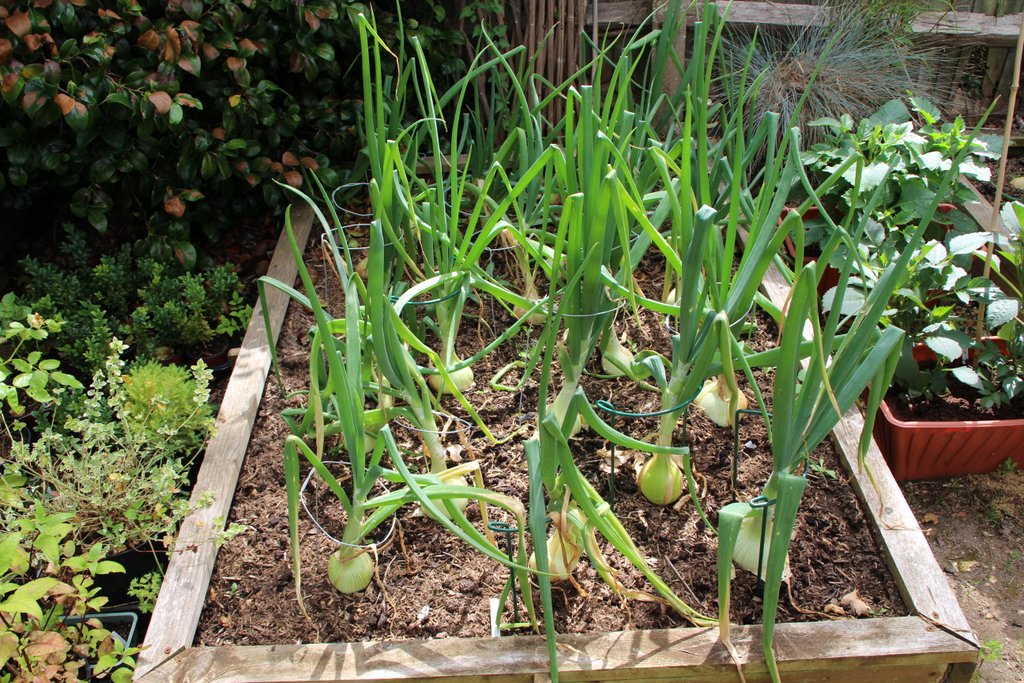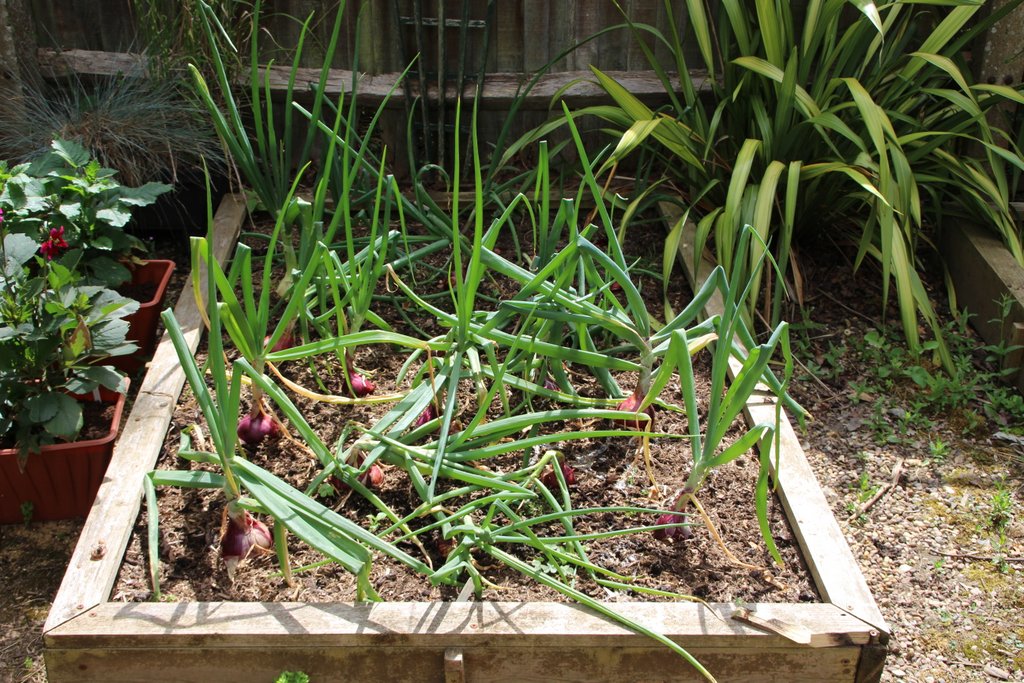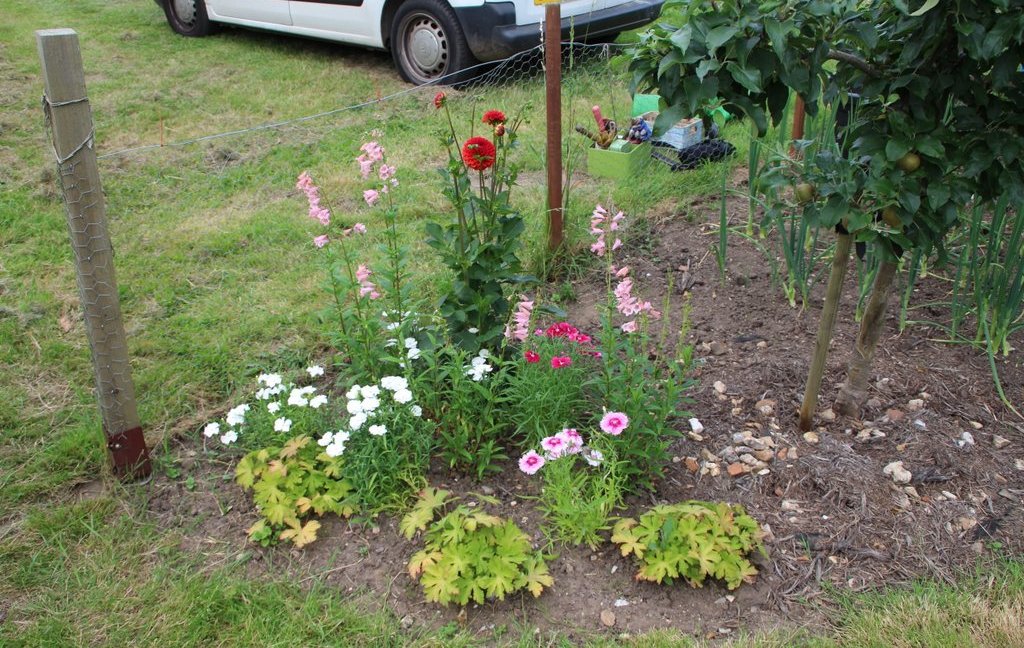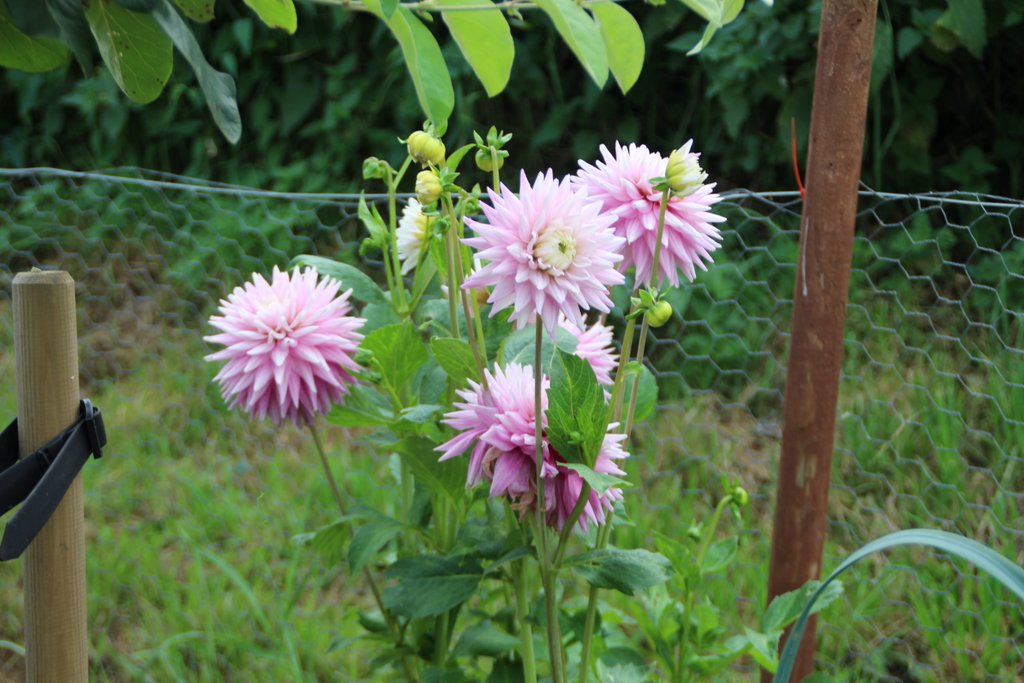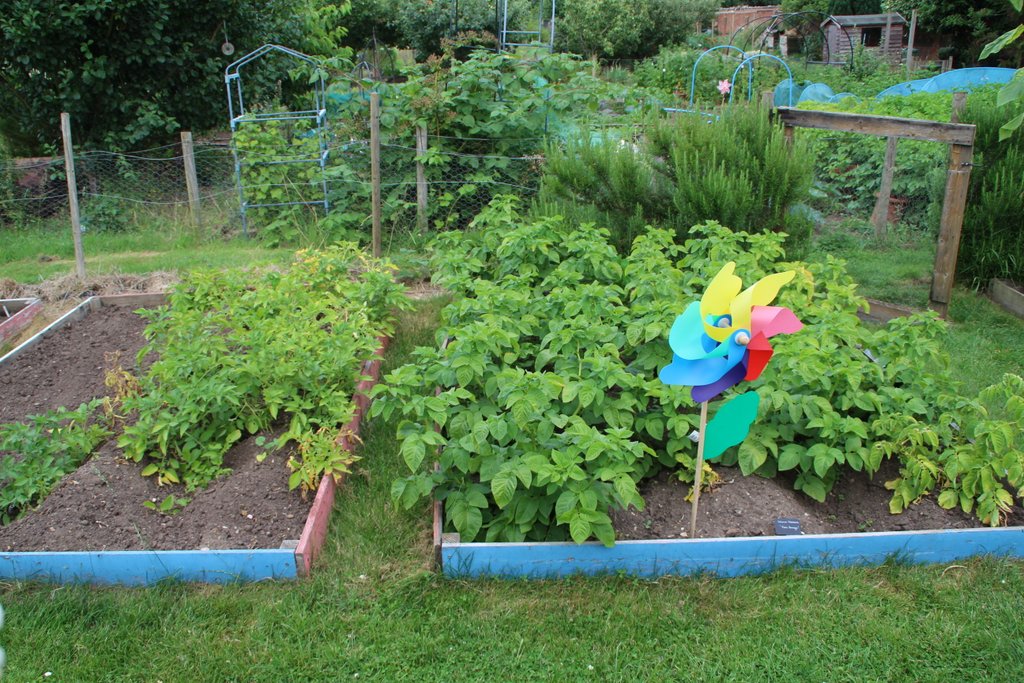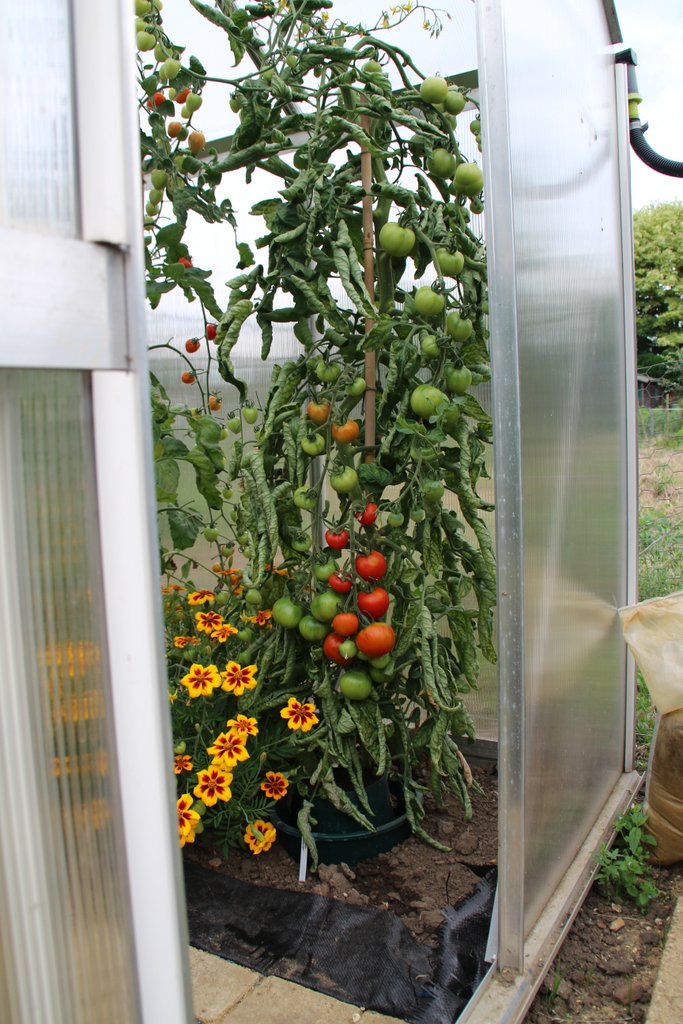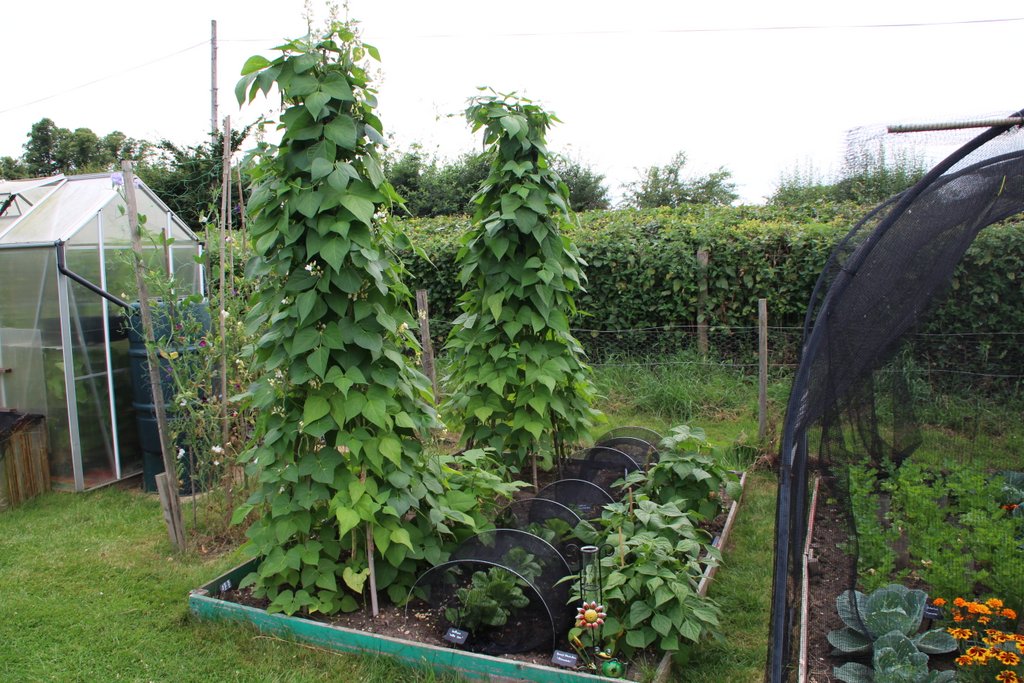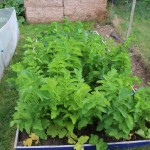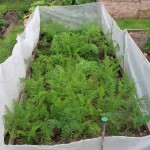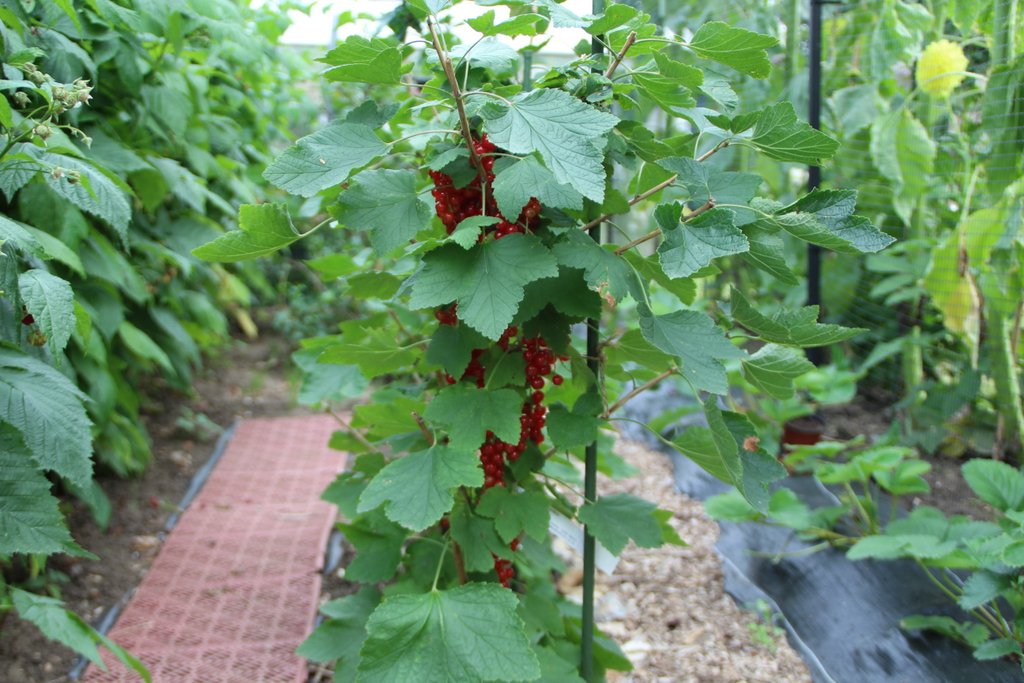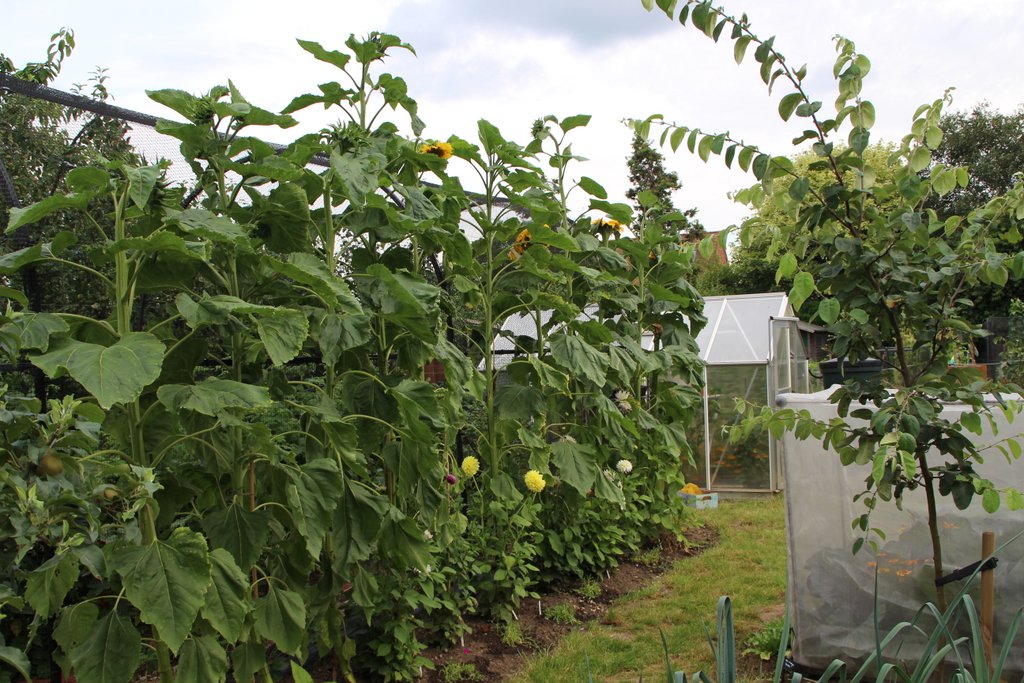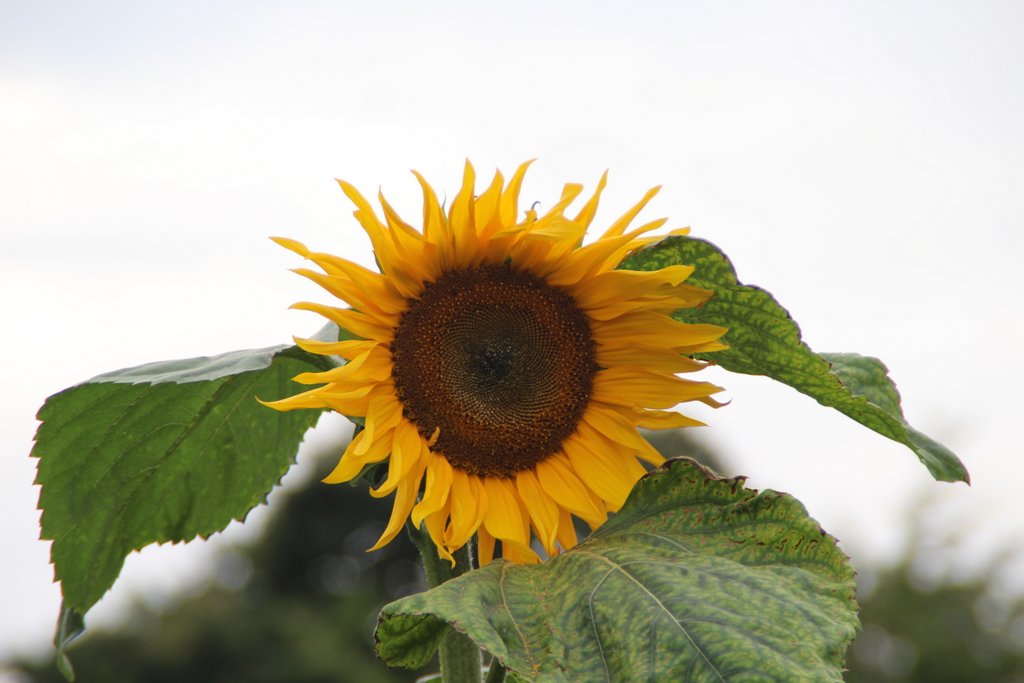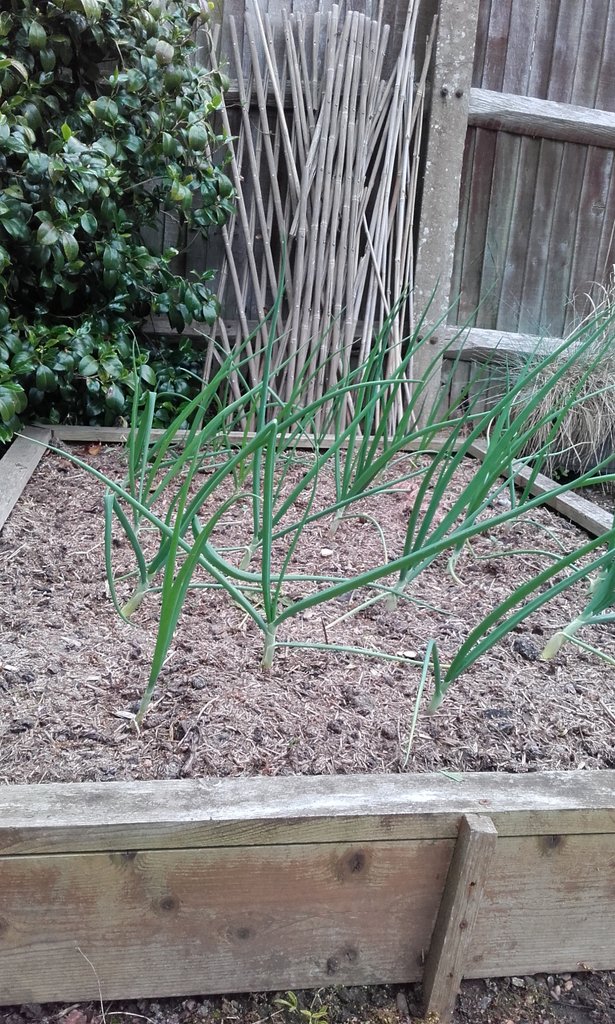After checking the schedule for our village show, it seems there are three categories for onions:
Heaviest onion
3 onions
5 onions to pass through 3 inch ring
In hindsight, it would have made sense to check the competition schedule before beginning the whole growing process, but never mind.
By some fluke I realise that one of my pastry cutters is a 3”dia. circle, so at least I have a ready-made measure when the time comes.
The onions are growing on well but I will be way short of the 4lb mark which I believe would be a starting point to contend for heaviest onion [ to put this into context, the world record is currently over 18lb!). The reds are generally smaller than the whites, and because of the earlier “leaning” snag, some of them are not symmetrical. I think finding a matching set could be tricky.
It seems that preparing the onions for show is a whole new game. Typically onions are lifted four weeks before showing to allow sufficient time to develop the lovely even, brown skin. In order to get matching sizes, growers measure the circumference of the best onion when lifted and leave others to grow on until they catch up. I’m not sure I’ve got enough onions to make this work.
There is also the art of cleaning, skinning and trimming, applying talcum powder to aid drying of the skin, where to leave them to brown off, what to put them on when they are drying, softening the neck and tying raffia around it to RHS standard. Oh my word, this is not going to be easy.

